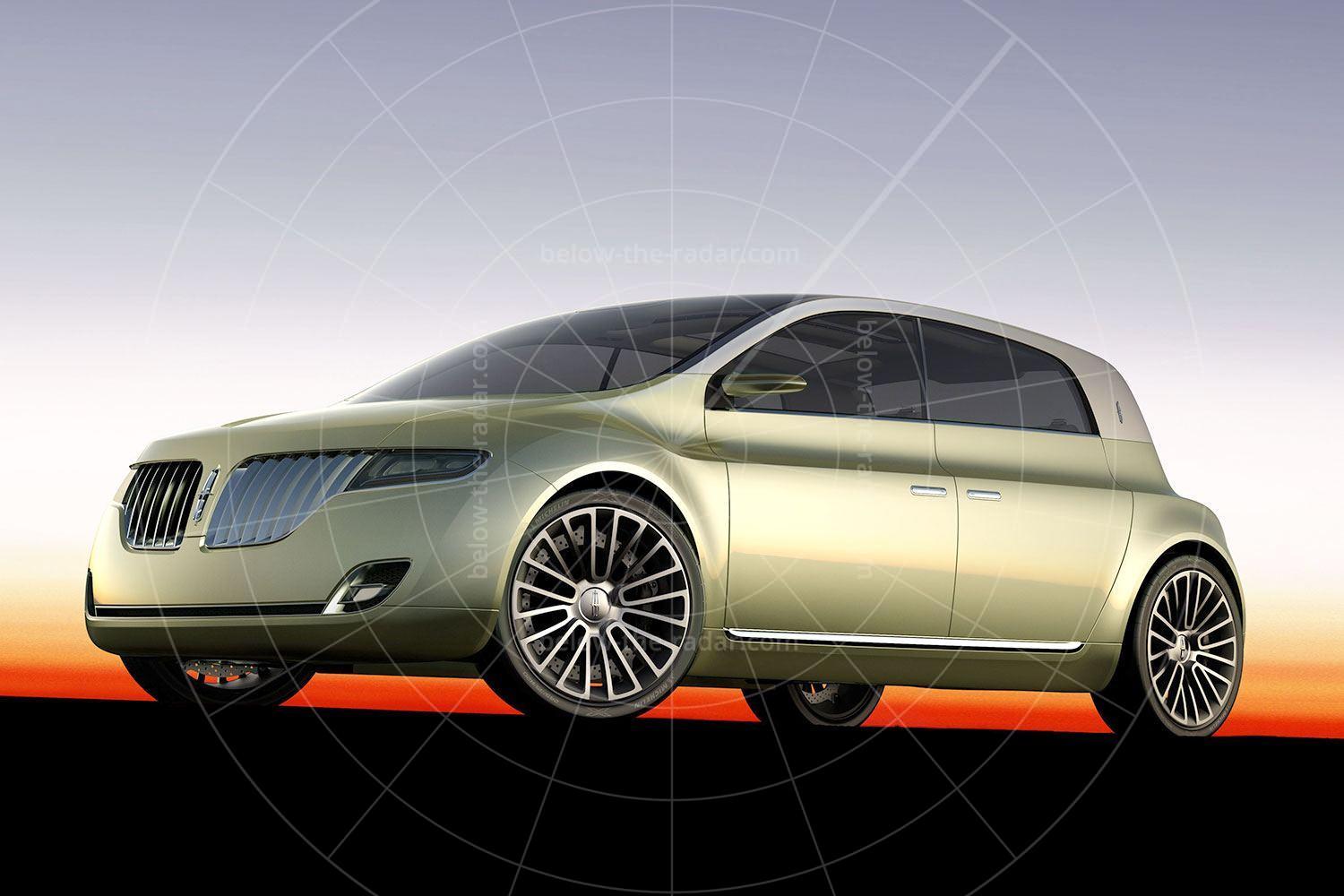Executive estates are commonplace, but true luxury load carriers are another matter. That was why Audi decided to see what an A8 estate might look like – nobody else was offering anything comparable, although there was no shortage of choice just one size down. Estate versions of cars such as the Audi A6, Mercedes E-class and BMW 5-series were popular – but what if somebody wanted more space, more luxury and maybe even more performance? By taking the lines of the A6 avant and blending them with those of the second-generation A8, the resulting load-carrier hid its bulk extremely well – although the Avantissimo certainly looked more butch than sleek.
The significant difference between the Avantissimo and both the A6 and all of Audi’s luxury rivals is the method of construction. Whereas steel bodyshells are the order of the day for most car makers, the Avantissimo used the Aluminium Space Frame (ASF) construction of the A8 to keep weight to a minimum. That’s just as well, because the finished shell was hardly lightweight with such equipment as permanent four-wheel drive, luxury trim and electric adjustment of everything from the windows to the steering wheel and seats.
Despite its aluminium construction the Avantissimo could hardly claim to be ecologically sound. After all, a 4.2-litre petrol V8 engine with a pair of turbochargers attached is hardly the most fuel-efficient motive power. So to help the car achieve a slightly more environmentally aware status, solar panels were incorporated into the roof and the energy harnessed was used to help keep the car’s interior cool when ambient temperatures started to climb.
In keeping with its luxury brief, every surface within the Avantissimo’s interior was covered in either leather or Alcantara. Bright trim was everywhere, with chrome picking out details among the instrumentation, centre console, steering wheel and door trims. But whereas such chrome and leather touches were nods to the past, the rest of the interior was extremely modern. The Multi Media Interface (MMI), which would be fitted as standard to the second-generation A8, was first installed in the Avantissimo, and it was this system which allowed the driver to control all of the car’s systems from the satellite navigation and climate control to the stereo and telephone.
So far just about everything mentioned has been incorporated into production Audis – but the most futuristic thing that has progressed beyond the concept stage is that of fingerprint-based personalisation. The Avantissimo used this to identify who was driving the car so that the seating position, climate control settings and MMI configuration could all be preset. Although memory buttons are commonplace in production cars, to tie everything together by fingerprint recognition was thought to be the next step for luxury car makers, and Audi was the first with the A8.
The Avantissimo naturally incorporated plenty of safety touches, not least of all a massively safe crash structure. To help try to prevent an accident in the first place, the concept was fitted with electronic gadgetry galore including anti-lock brakes, electronic stability protection, traction control and electronic brake force distribution. If any of the tyres should be punctured they could be run flat at up to 50mph, thanks to the fitment of Michelin Pax run-flat technology. Tyre pressure sensors monitored everything in the event of pressure loss and by using the Pax system the need for a spare wheel was eliminated.
Even if one of the tyres was flat, the ride would still be comfortable thanks to air suspension with three presets: Sport, Comfort and Automatic. Not only did this alter the firmness of the suspension, but the car’s ride height could also be adjusted depending on how fast the car was travelling.
The Avantissimo was at first touted as a production possibility, the suggestion being that the second-generation A8 could be available as an estate as well as a saloon. But Audi got cold feet and pulled out of the project, despite few voices of dissent among those who reviewed it.
| Vital statistics | |
|---|---|
| Debut | Frankfurt 2001 |
| Engine | Front-mounted, 4.2-litre, twin-turbo V8 |
| Transmission | 6-speed auto/sequential manual, four-wheel drive |
| Power | 430bhp |
| Top speed | 155mph (electronically limited) |



















